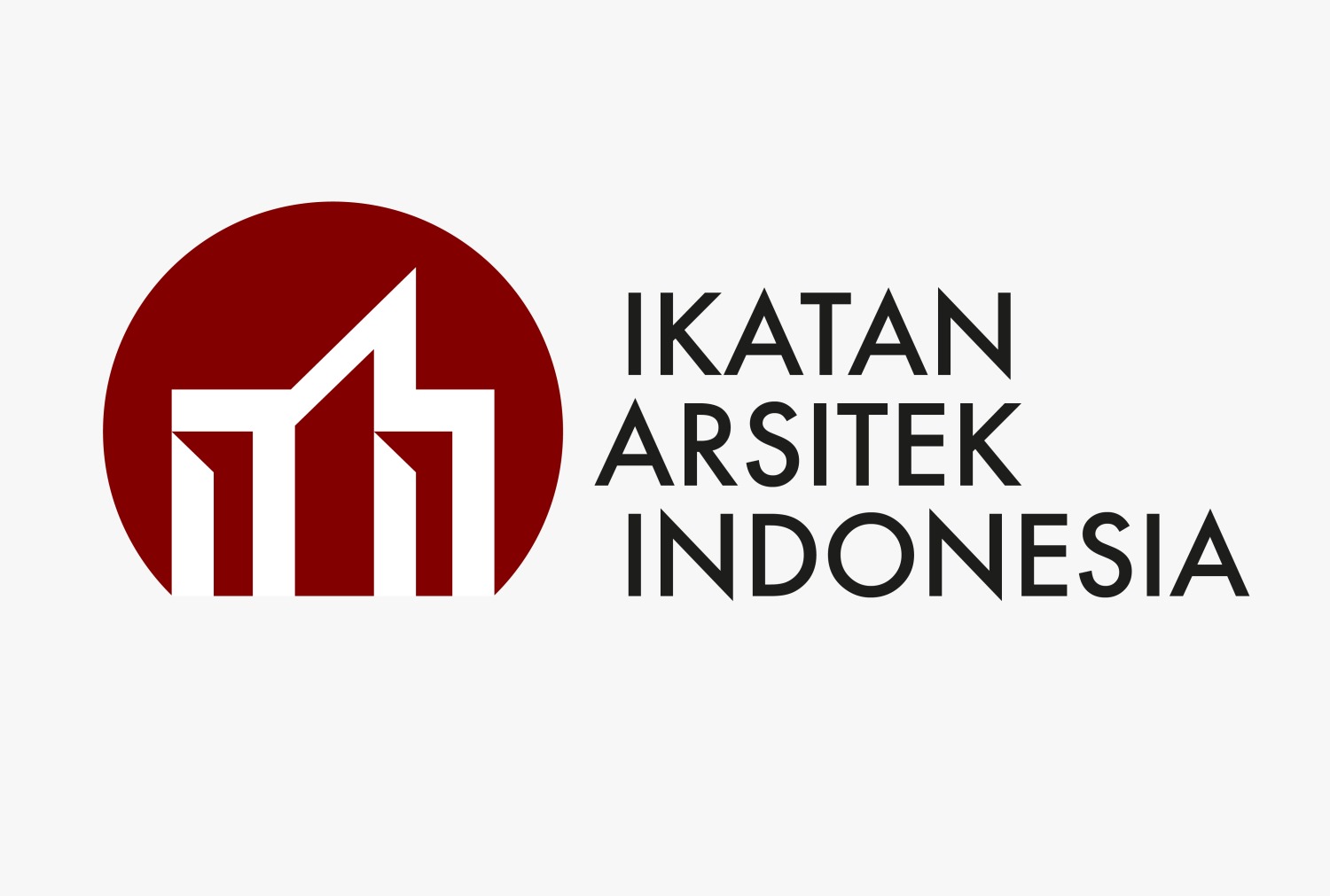Kajian Arsitektural Bangunan Bersejarah Sebagai Upaya Pelestarian. Studi Kasus Omah Lowo, Solo
DOI:
https://doi.org/10.31101/juara.v7i1.3159Abstrak
Unduhan
Referensi
Adishakti, L. T. (2017). Pelestarian Bangunan Cagar Budaya, Tonggak Keberlanjutan Kota Pusaka. Workshop Pelestarian Bangunan Gedung Cagar Budaya.
Al-Sakkaf, A., Zayed, T., & Bagchi, A. (2020). A Review of Definition and Classification of Heritage Buildings and Framework for their Evaluation Destructive Analysis-Based Testing for Cured-in-Place Pipe View project Self Activated Floating Barriers(SAFB) View project. 2nd International Conference on New Horizons in Green Civil Engineering , August. https://www.researchgate.net/publication/341160581
Bruggen, & Wassing. (1998). Djokja en Solo : beeld van de vorstensteden. Nederland : Asia Maior.
Darmawan, E., & Enis, A. S. (2016). The Changing Function of Heritage Building for Roling Tourism Planning Progress. Procedia - Social and Behavioral Sciences, 227, 712–719. https://doi.org/10.1016/j.sbspro.2016.06.137
Ikaputra, Ismudiyanto, Adishakti, L. T., Utami, W., Sumardjono, Widita, A. A., Pintoko, S., Putri, R. Z. A., & Dyah Ayu Meliastuti. (2013). Arsitektur Bank Negara Indonesia 1946. Kajian Sejarah Arsitektur Gedung BNI 1946 Yogyakarta.
Indonesia, P. (2021a). Lampiran Peraturan Menteri Pekerjaan Umum Dan Perumahan Rakyat Republik Indonesia Nomor 21 Tahun 2021 Tentang Penilaian Kinerja Bangunan Gedung Hijau.
Indonesia, P. (2021b). Peraturan Pemerintah No 16 tahun 2021 Tentang Peraturan Pelaksanaan Undang-Undang Nomor 28 Tahun 2002 Tentang Bangunan Gedung.
Indonesia, P. (2022). Peraturan Pemerintah Republik Indonesia No 1 Tahun 2022 Tentang Register Nasional dan Pelestarian Cagar Budaya.
Indonesia, P. R. (2010). Undang-Undang Cagar Budaya. In Undang-Undang Republik Indonesia Nomor 11 Tahun 2010 Tentang Cagar Budaya.
Jaya, W. K. (n.d.). The New Economy Paradigm , and Heritage Market Place and Promoting SDGs.
JPPI & ICOMOS. (2003). Piagam Pelestarian Pusaka Indonesia - Indonesian Charter for Heritage Conservation. 1–4.
Juliyanti, W., & Wibowo, Y. (2020). Accounting for heritage assets: why and how? (Literature study on cultural heritage in Indonesia). Jurnal Akuntansi, Keuangan, Dan Manajemen, 2(1), 1–11. https://doi.org/10.35912/jakman.v2i1.103
Savic, J. (2018). Sense(s) of Porto: Rethinking Heritage within the Contemporary Cultural Landscape. In PQDT - Global (Issue March). Univetsidade Do Porto.
Society, J. H. (2017). Kajian Sejarah Dan Inventarisasi Omah Lowo , Solo.
Sumiarni, E., & Handayani, V. (2016). Penilaian Benda Cagar Budaya Sebagai Aset Negara.
UNESCO. (2021). Operational Guidelines for the Implementation of the World Heritage Convention. Operational Guidelines for the Implementation of the World Heritage Convention, WHS, 188. http://whc.unesco.org/archive/opguide08-en.pdf
UNESCO Office Jakarta and Kemendikbud RI. (2015). Caring for your Heritage Building: building owner’s information. UNESCO Office Jakarta. https://unesdoc.unesco.org/ark:/48223/pf0000243218/PDF/243218eng.pdf.multi
Utami, W. (2022). Kota Magelang Dalam Penataan Saujana Pusaka. Seminar on Architecture Research and Technology, 2022, 105–118.
Utami, W., Rahmi, N. E., Bahri, I., Zebua, P., Tumanggor, W., Arsitektur, D., Teknik, F., & Utara, U. S. (2023). Identifikasi Fisik Bangunan. 3(1), 15–25.
Unduhan
Diterbitkan
Cara Mengutip
Terbitan
Bagian
Citation Check
Lisensi
With the receipt of the article by the JUARA and the decision to be published, then the copyright regarding the article will be diverted to Journal of JUARA. Universitas 'Aisyiyah Yogyakarta as the publisher of Journal of JUARA hold the copyright regarding all the published articles in this journal.
Journal of Health Studies is licensed under a Creative Commons Attribution-ShareAlike 4.0 International License.




